Blinds can be a great way to maintain privacy in your home, but aren’t always attractive. Curtains, on the other hand offer style and warmth to your home. The pros and cons of both types of Window Treatments are different, but as a renter you’re stuck with either one. You don’t need to choose between blinds and curtains, no matter what your circumstances are.
Project Overview
- Working Time: 15 to 20 minutes
- Total Time: 15 to 20 minutes
- Skill Level: Beginne
- Estimated cost: $20 to $30
Before You Begin
Before hanging curtains, measure the length and width. The length will determine how much fabric you need or what curtain length you want, and the width tells you how long of a curtain rod you should buy. To ensure that your curtain rod is stable, buy a rod that is a few inches larger than the width of the window.
What You Need
Equipment / Tools
Materials
- Fabric curtains
- Curtain rod
- 2 Curtain rod brackets, or adhesive hooks.
- 2 Screws (for brackets).
Materials
Equipment/Tools
-
- 1 Screwdriver
- 1 Tape Measure
Instructions
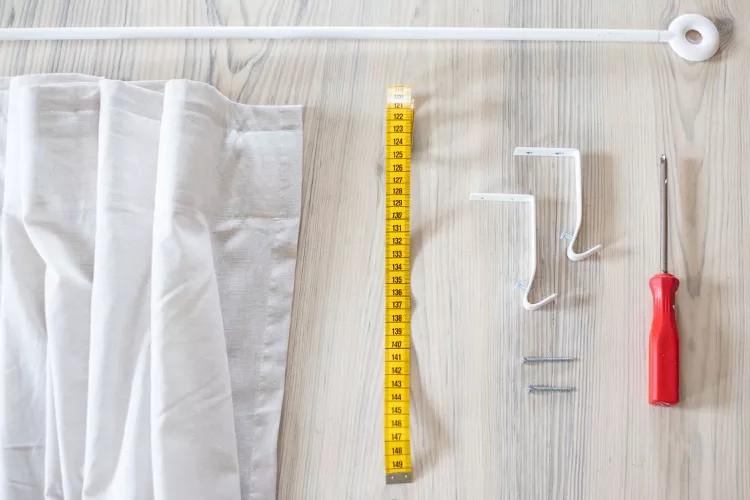
1. Install Brackets and Adhesive Hooks
You can install curtain brackets on your headrail or into your wall. The headrail is a horizontal bar that runs across the top of your blinds. If possible, purchase products that are designed to be installed on the headrail. By installing the brackets directly on the headrail, you can avoid drilling holes in your walls. Most curtain brackets come with the screws needed to install them on your headrail. If not, you can buy basic screws from your local hardware store.
The easiest way to hang vertical blinds with curtains is by installing curtain brackets onto your blind headrail. Venetian blinds may look better with adhesive hooks installed on the wall either side of the window. If you choose to use hooks, ensure that the hooks are strong enough to hold at least 5 pounds. If your curtain rod is very heavy, you may require more than two adhesives hooks to keep it in place. Add a third hook above the window’s center to help secure the rod.
Use a tension rod for curtains, but not for blinds. The rod will interfere with the blinds’ ability to open and close. Tension rods can’t hold much weight either, so you can only use lightweight curtains with tension rods. The best way to avoid drilling is with brackets or command hooks.
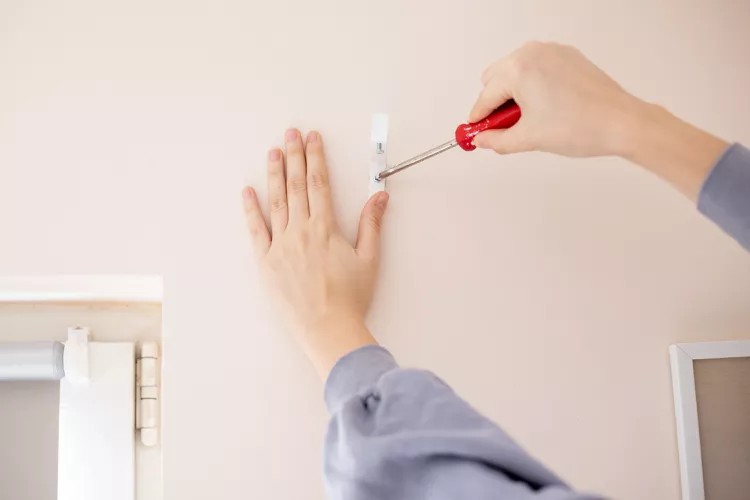
2. Curtain rods for fabric curtains
If you are a good sewer, you can either sew them yourself or purchase pre-made curtain panels. You’ll need to create a pocket that runs the length of the curtains in order to thread the curtain rod. Start by pulling your curtains tight on the rod, ensuring that they can close the entire length of the rod and the window.
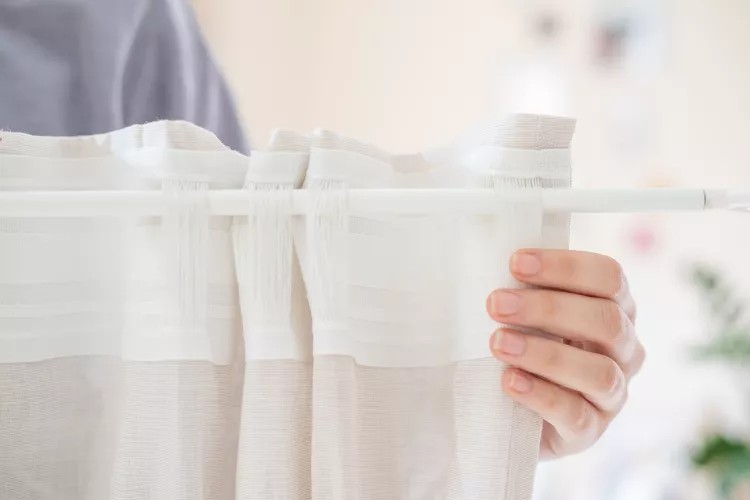
3. Curtain rods can be placed on brackets or hooks
Then, secure either end of the curtain rod in a bracket. Be sure to balance the curtain and place the rod evenly on the wall or window. Close and open your blinds and curtains to ensure that everything is working as it should.
You can control the lighting in your room by using a combination of blinds, curtains and shutters. You can open them both to let natural light in during the day and close them at night.
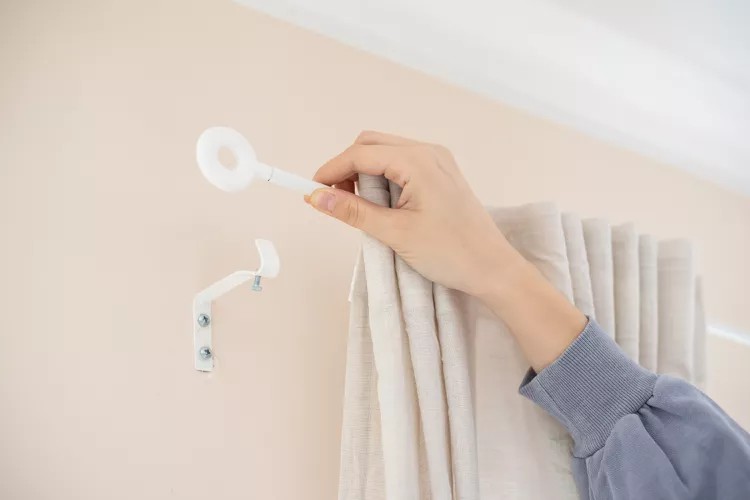
Plus, curtains look great. You can have privacy and light control with the blinds and curtains you choose.

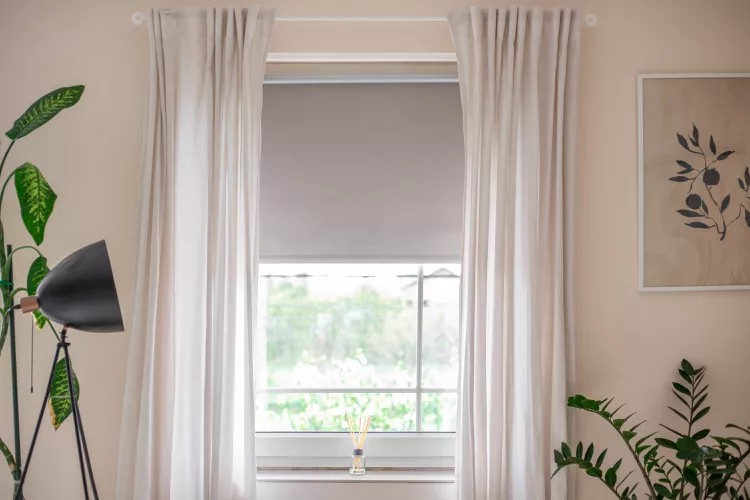




Leave a Reply